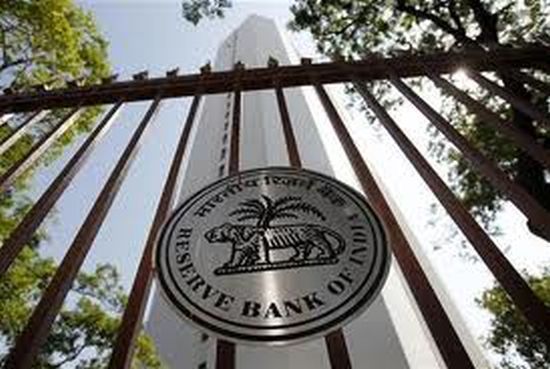 | « Back to article | Print this article |
 The euphoria among banks over the Budget proposal that they don't have to maintain cash reserve ratio (CRR) and statutory liquidity ratio (SLR) for funds raised to finance infrastructure projects may be short-lived.
The euphoria among banks over the Budget proposal that they don't have to maintain cash reserve ratio (CRR) and statutory liquidity ratio (SLR) for funds raised to finance infrastructure projects may be short-lived.
That's because the central bank is preparing to come out with stringent norms on the issue.
To start with, the central bank is planning to mandate that such leeway will be given to banks as long as the asset remains healthy.
The moment the loan slips to the non-performing category, banks have to set aside funds for CRR and SLR for the entire exposure, highly placed sources in the central bank said.
Please click here for the Complete Coverage of Budget 2014 -15
CRR is the proportion of deposits that banks need to keep with the RBI.
Banks don't get any interest for keeping CRR balance. Banks also have to invest a minimum 22.5 per cent of their net demand and time liabilities in government securities, known as statutory liquidity ratio.
The central bank is also planning to make the project appraisal process stringent for banks willing to avail themselves of this facility.
"Banks will be permitted to raise long-term funds for lending to the infrastructure sector with minimum regulatory pre-emption such as CRR, SLR and priority sector lending," Finance Minister Arun Jaitley said in his Budget speech.
Central bank sources said, "We will put the controls in the detailed guidelines. We will ensure that banks don't go overboard with this facility. Such fund-raising will only be allowed to fund viable projects."
Time and again, the RBI has voiced its concern over banks lending to infrastructure as it gives rise to an asset-liability mismatch.
Leeway on CRR and SLR was a long-standing demand from banks, which the RBI did not agree to till recently.
Central bank sources indicated that banks were already over-exposed to the infrastructure sector, and opening up the channel could expose them to further credit risk.
As a result, proper checks are required to ensure funds are raised for lending to viable projects.
"The liabilities of banks are short-term in nature while assets are long-term, which itself is a cause of concern.
In addition, infrastructure projects moved at a very slow pace in the last few years. This has locked up a massive amount of bank funds. Stressed assets in the infrastructure sector have also increased," the sources said.
Infrastructure is one of the five sectors identified by the RBI as stressed. The others are iron and steel, textiles, aviation and mining.
According to RBI data, the gap between liabilities and assets was widest in the shortest maturity bucket.
"Maturity mismatch has often been highlighted as a concern for the Indian banking sector, given the sector's increased exposure to long-term infrastructural loans financed primarily from deposits of shorter maturities."
Such a mismatch can put a strain on liquidity, earnings and even at times, solvency of the bank," the RBI had said in the Trends and Progress Report for 2012-13.
The other area of concern is pricing of long-term bonds that will be issued by banks for raising funds.
"The market for long-term bonds is not that liquid. They are hardly traded. Pricing of those bonds, benchmarked to the corresponding government bond, is difficult," said the sources.
Please click here for the Complete Coverage of Budget 2014 -15